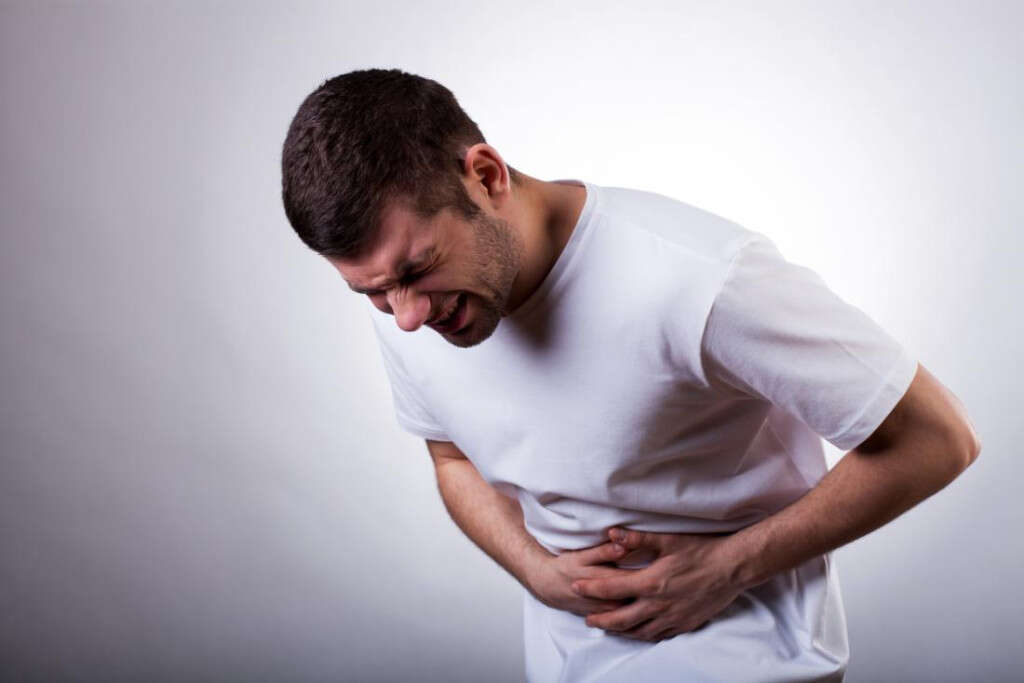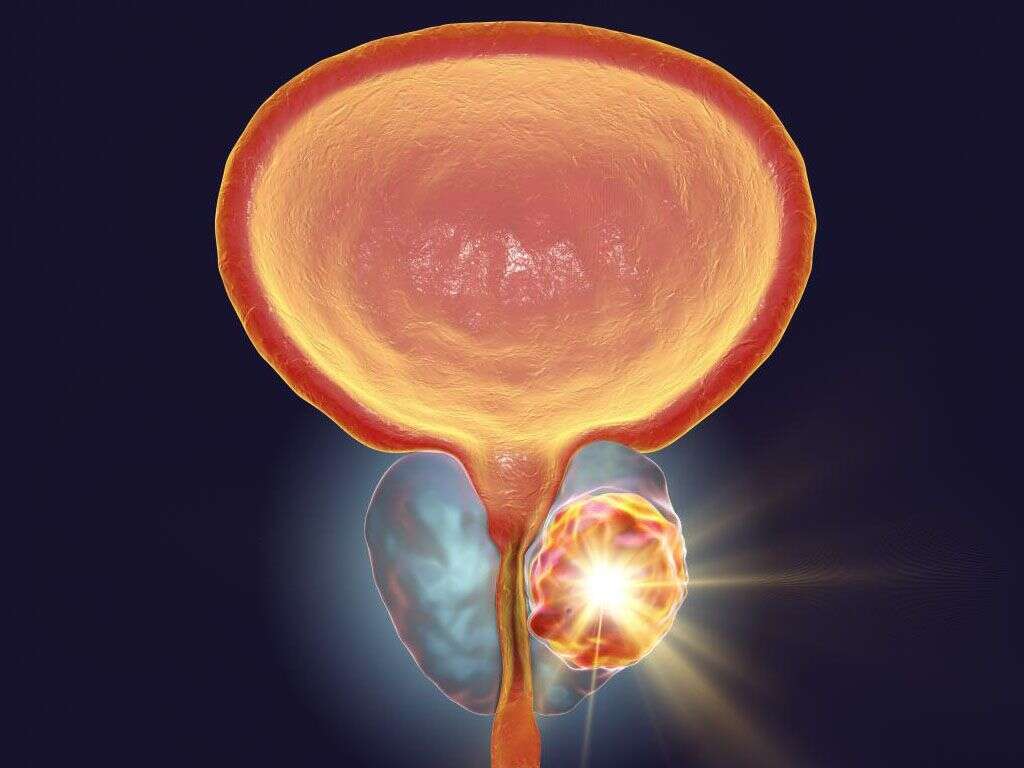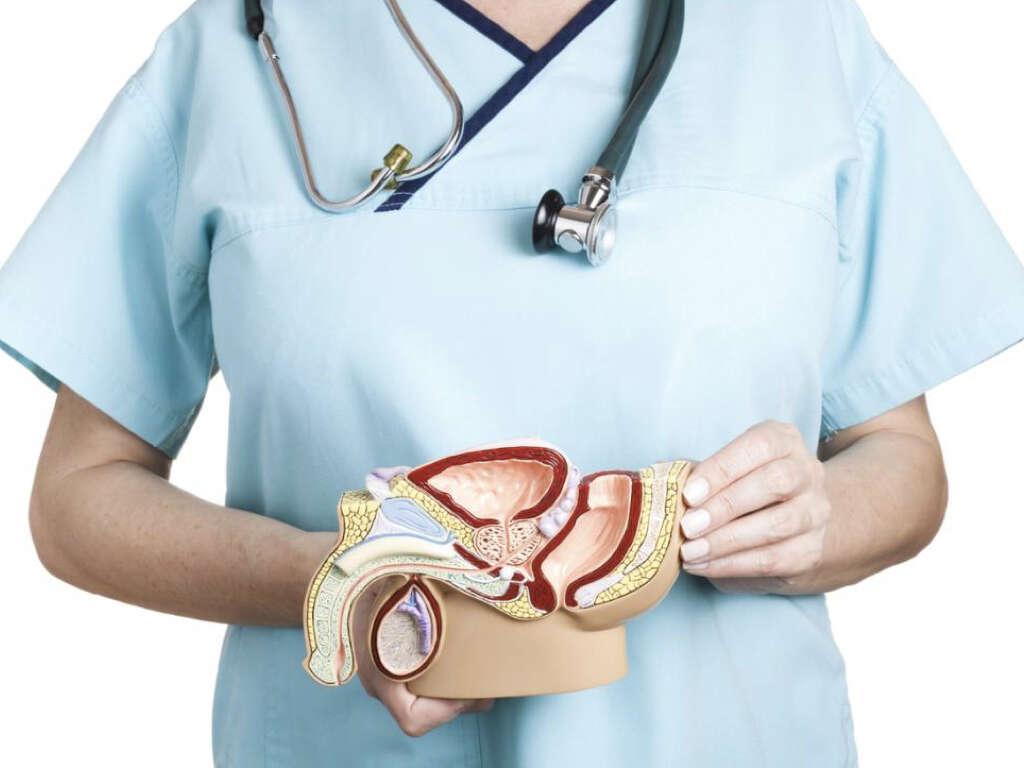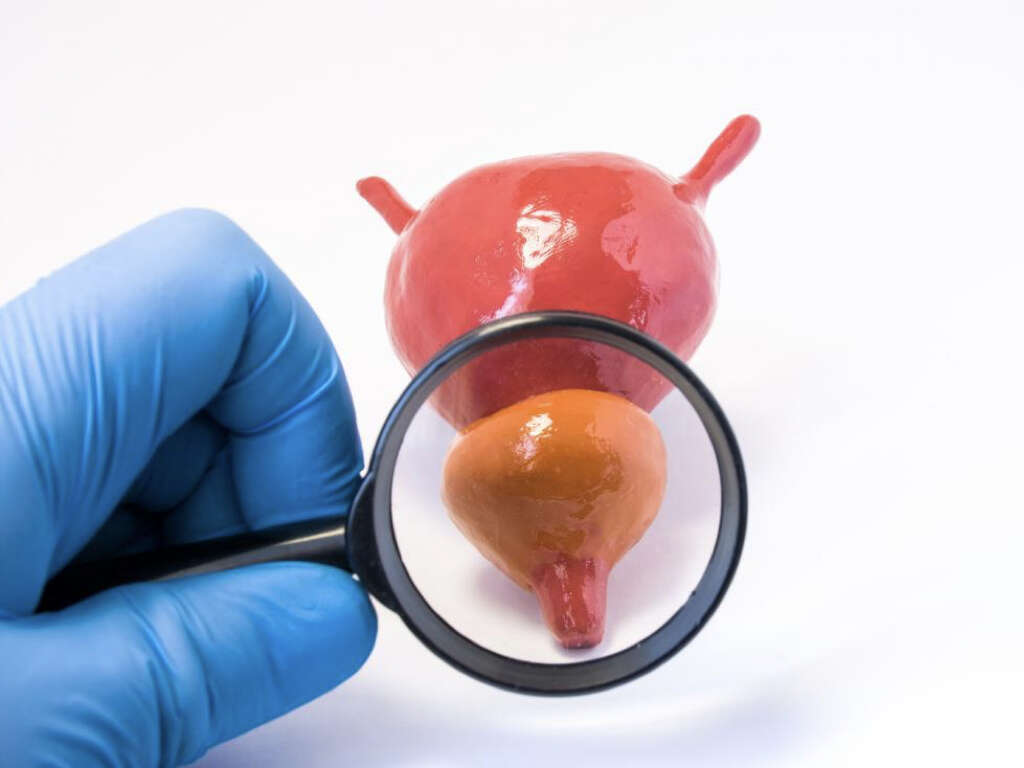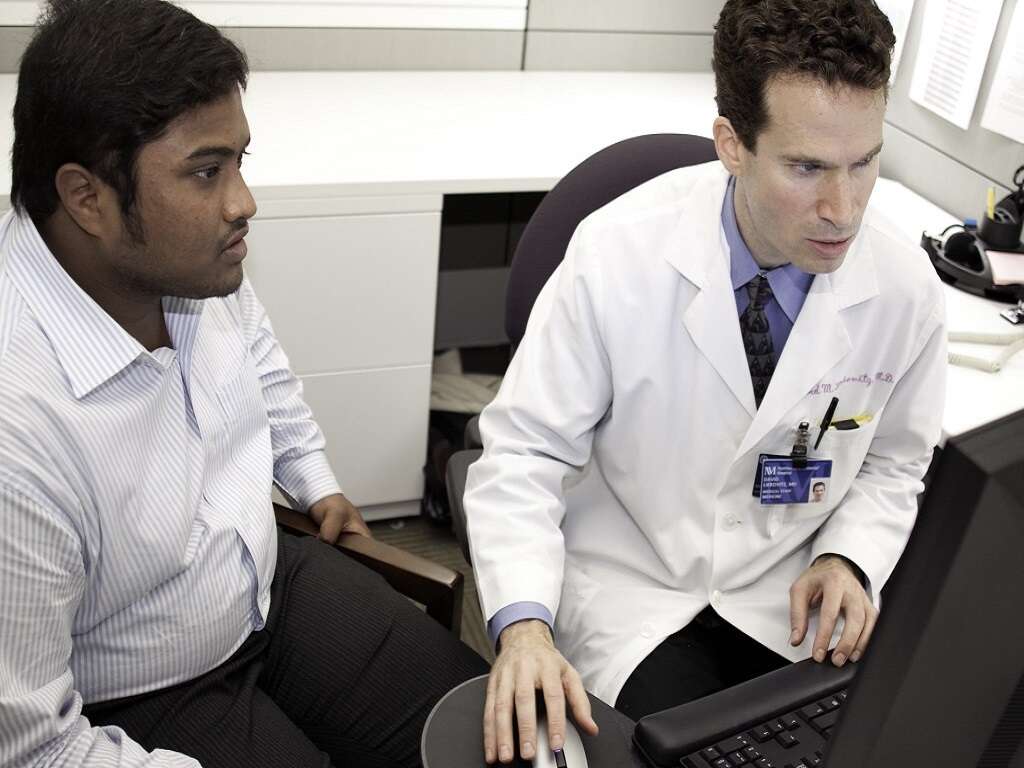10 Testicular Cancer Symptoms
Testicular cancer originates from the cells in the testicles that are part of the male reproductive system. The risk factors of testicular cancer include a positive family history of the disease, undescended testis, and previous history of testicular cancer. There are several types of testicular cancer with germ cell tumors being the most common. Germ cell tumors can then be categorized into seminomas and nonseminomas. The diagnosis of testicular cancer can be made with the help of a patient’s history, physical examination, blood tests, and ultrasound. The type of testicular cancer can be determined after a microscopic examination of the removed testicle.
Testicular cancer is very treatable and usually curable. The treatment options include surgery, chemotherapy, radiation therapy, and stem cell transplantation. Even in widely spread testicular cancer, it has been observed that chemotherapy offers a cure rate of more than 80 percent. In 2015, it has been estimated that testicular cancer affected approximately 686,000 individuals globally and resulted in 9,400 deaths. The rates of testicular cancer are lower in the developing countries compared to the developing world. It most commonly affects males 20 to 34 years old and is considered to be rare before the age of 15 years old. In the United States, the five year survival rate for testicular cancer is estimated to be 95 percent. The prognosis increases when the disease is localized.
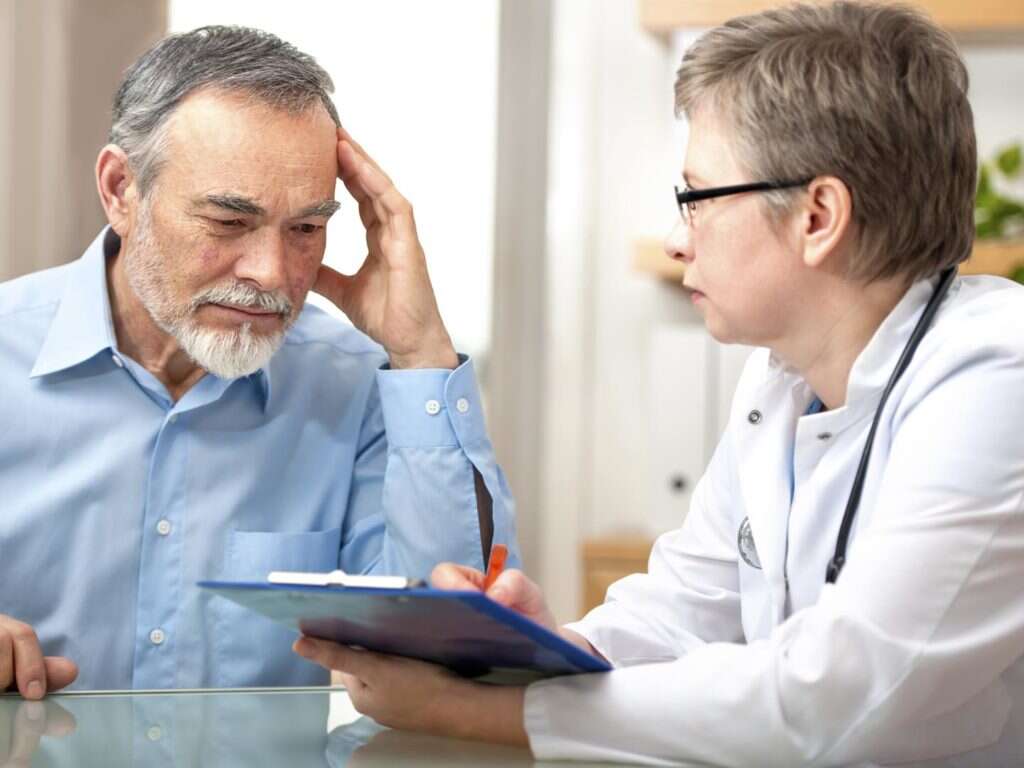
Symptom #1: Testicular Lump or Swelling
A testicular lump or swelling is one of the hallmarks of testicular cancer. It is one of the earliest symptoms. Patients often present with a testicle that has become swollen, larger, or has a nodule. The lump or swelling is often painless (in some cases, there is associated pain).
On examination, the nodule cannot be separated from the testis. Since it is one of the first symptoms of testicular cancer it is recommended that men with risk factors of testicular cancer examine their testicles monthly.

Symptom #2: Scrotal Pain
Pain in the scrotum should be evaluated by a health care professional as it can be due to serious conditions such as sexually transmitted infections, testicular torsion, epididymitis, hydrocele, inguinal hernia, orchitis, testicular cancer, and more.
Patients should not ignore the pain as it can cause irreversible damage to the testicles or reduce the prognosis in cases of cancer. In testicular cancer, patients often describe aching or a feeling of heaviness in the scrotum.

Symptom #3: Gynecomastia
Gynecomastia is a condition where there is an increase in the size of male breast tissue that is non-cancerous. It may result in psychological distress. Gynecomastia can be seen in Klinefelter syndrome, endocrine disorders, side effect of medications, natural decline in testosterone production, and certain cancers.
In testicular cancer such as Sertoli cell tumors or Leydig cell tumors, gynecomastia may appear. This is seen in less than 5% of patients suffering from testicular cancer. Severe cases of gynecomastia can be treated through surgical intervention and medical treatment.

Symptom #4: Lumbago
Lumbago or low back pain is a common condition where there is involvement of the nerves, muscles, and bones. The pain can range from a dull constant ache to a sharp and sudden pain. Low back pain can be classified according to the duration: acute (less than six weeks), subchronic (six to twelve weeks), and chronic (more than twelve weeks).
In testicular cancer, it is a symptom of advanced cancer as it may have spread to involve the lymph nodes and surrounding structures in the pelvis.

Symptom #5: Hemoptysis
Hemoptysis refers to coughing up of blood or having blood stained mucus. It may occur in cases such as pneumonia, tuberculosis, bronchitis, lung cancer, and more. Massive hemoptysis occurs when there is 300 ml or more of blood coughed up.
To determine the origin of blood, bright red foamy blood originates from the respiratory tract while dark or coffee colored blood is from the gastrointestinal tract. In testicular cancer, the presence of chest pain, cough, breathlessness, and hemoptysis indicates that there is lung metastasis or mediastinal adenopathy.
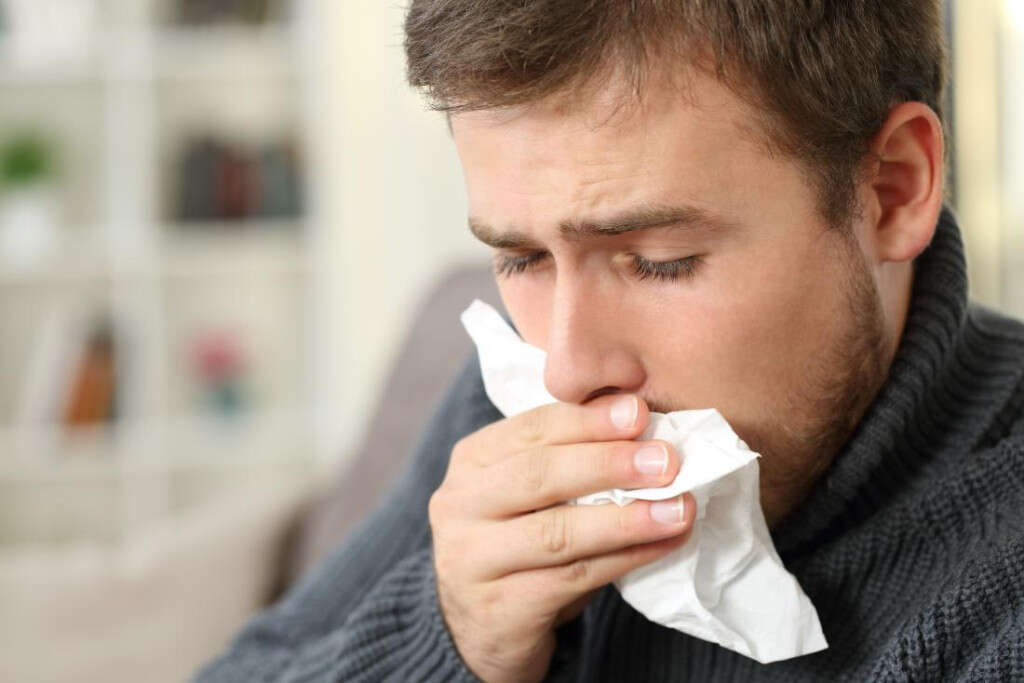
Symptom #6: Neck Mass
A neck mass is a lump on the neck and can be big enough to be visible. While most are not harmful, a neck lump can also be a symptom of a serious condition such as cancer or infection. In cancer that has metastasized, it may be possible that the supraclavicular lymph nodes on the left side are involved.
These nodes are known as Virchow’s nodes and take their lymph supply from the abdominal cavity. This means they are sentinel lymph nodes of gastric cancer, testicular cancer, ovarian cancer, and renal cancer that has spread through the lymph vessels.

Symptom #7: Anorexia
Anorexia is a term that describes decreased appetite. It is a common symptom seen in various conditions such as infections. In patients with cancer, the presence of anorexia could be a sign of metastasis into the gastrointestinal tract.
Although there are options that help to stimulate appetite and reduce weight loss, it does not usually improve survival rates or quality of life. Patients may benefit from dietary counseling and pharmacological interventions.

Symptom #8: Nausea
Nausea is defined as an uncomfortable and unpleasant sensation of unease with an urge to vomit. While it may not be painful, nausea can be a debilitating symptom for patients as it causes decreased appetite and loss of weight.
There may also be discomfort on the upper abdomen, chest, and back of the throat. It is a non-specific symptom often seen in motion sickness, migraine, low blood sugar, dizziness, fainting, food poisoning, and more. In patients with testicular cancer, nausea can be a sign of metastasis.

Symptom #9: Bone Pain
Bone pain refers to pain that comes from a bone. It can be seen in many diseases and can seriously affect the quality of life for those affected by it. It is a type of deep somatic pain and is often described as a dull pain without accurate localization. In cancer, bone pain is one of the most serious forms of pain.
It is believed that bone pain in cancer occurs due to destruction of bone tissue. Metastatic cancer cells cause the mechanical dynamics of the bone matrix to become weaker. Tumor cells may also secrete growth factors that activate neural receptors which contribute to pain sensation.

Symptom #10: Abdominal Pain
Abdominal pain or stomach ache is a common and non-specific symptom seen in non-serious and serious conditions. Causes of abdominal pain include appendicitis, gastroenteritis, irritable bowel syndrome, diverticulitis, ectopic pregnancy, and more.
The abdomen can be divided into nine regions: right hypochondriac, epigastric, left hypochondriac, left lumbar, umbilical, right lumbar, right iliac, suprapubic, and left iliac regions. In testicular cancer, there can be a heavy sensation or dull ache in the lower abdomen.
